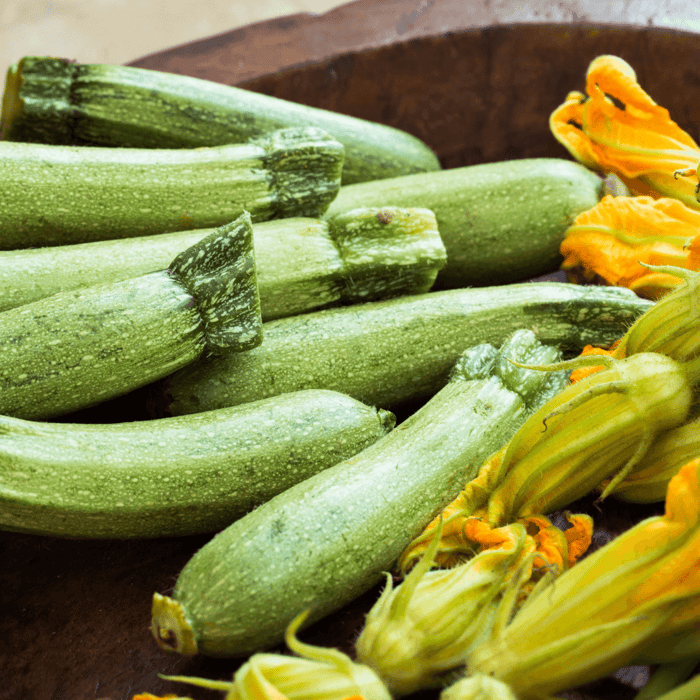Mushroom cultivation has gained popularity in recent years, with more and more people discovering the joy of growing their own mushrooms at home. Among the wide varieties of mushrooms to grow, chestnut mushrooms (Pholiota adiposa) are an excellent choice for beginners and experienced growers alike. These mushrooms have a rich, nutty flavor and meaty texture, making them a great addition to many dishes. Are you ready to learn how to grow chestnut mushrooms?
In this guide, we will take you through growing chestnut mushrooms step by step. From selecting the suitable substrate to creating the perfect fruiting conditions, you'll learn everything you need to increase chestnut mushrooms at home.
Choosing the Right Substrate
Chestnut mushrooms grow naturally on beech trees, so their ideal substrate is hardwood logs or sawdust made from a beech tree. You can also use other hardwoods like oak, maple, or birch, but beech is preferred.
If you're using logs, ensure they are freshly cut and free of decay or insect damage. Cut the records to the desired length (about 3-4 feet) and drill holes for the mushroom spawn. You can also use pre-cut mushroom logs online or at your local garden center.
Preparing the Spawn
You'll need to inoculate the substrate with mushroom spawn to grow chestnut mushrooms. Different spawns are available, but the most commonly used are grain and sawdust spawns.
Grain spawn is made by growing mycelium (the vegetative part of the mushroom) on a nutritious grain, like rye or wheat. This spawn type is easy to work with and can be used to inoculate various substrates.
On the other hand, Sawdust spawn is made by mixing sawdust with mushroom mycelium. This spawn type is best used for inoculating sawdust or other finely chopped substrates.
You can purchase chestnut mushroom spawn online or at your local garden center. Ensure to follow the instructions provided by the supplier for preparing the spawn.
Inoculating the Substrate
Once your substrate and spawn are ready, it's time to inoculate the substrate. If you're using logs, drill holes about 2 inches deep and 6 inches apart. Insert the spawn into the holes and cover them with wax or cheese wax to prevent contamination.
Mix the spawn into the substrate thoroughly if you're using sawdust or other finely chopped substrates.
Growing Chestnut Mushrooms in Mushroom Bags
An alternative to growing chestnut mushrooms on logs or other substrates is to use a mushroom bag. These bags are pre-sterilized and filled with substrate and mushroom spawn. All you need to do is open the bag and wait for the mushrooms to grow.
To grow chestnut mushrooms in a mushroom bag, follow these steps:
-
Purchase a chestnut mushroom growing kit online or at your local garden center.
-
Open the bag and spray the substrate with water to moisten it.
-
Close the bag and place it in a warm, dark place for about 7-10 days to allow the mycelium to grow.
-
After the mycelium has colonized the substrate, move the bag to a more fantastic location (about 50-60°F) with indirect light.
-
Cut a few slits in the top of the bag to allow the mushrooms to grow.
-
Keep the substrate moist by spraying it with water regularly.
-
Harvest the mushrooms when they reach maturity.
Creating the Right Fruiting Conditions
Chestnut mushrooms require specific fruiting conditions to grow properly. Here are some tips for creating the right conditions for chestnut mushroom fruiting:
-
Temperature: Chestnut mushrooms grow best in cooler temperatures, between 50-65°. MKeepthe growing area cool, and avoid exposing the mushrooms to direct sunlight.
-
Humidity: Mushrooms require a humid environment to grow. Keep the substrate moist by spraying it with water regularly, and place a humidifier or bowl of water nearby to maintain high humidity levels.
-
Ventilation: Proper ventilation is essential to prevent mold and bacteria growth. Make sure to provide enough air circulation by opening windows or using fans.
-
Light: While mushrooms don't need direct sunlight to grow, they do require some light. Place the growing area in a spot with indirect light, or use a grow light if necessary.
Harvesting and Storing Chestnut Mushrooms
Chestnut mushrooms can be harvested when the caps have fully opened, and the gills are exposed. To reap the mushrooms, gently twist and pull them from the substrate or log.
Once harvested, chestnut mushrooms can be stored in the refrigerator for up to a week. You can also dry or freeze the mushrooms to extend their shelf life.
Growing Other Mushroom Species
If you're interested in growing other mushroom species, many options exist. Shiitake mushrooms are another popular variety, and they can be produced using techniques similar to chestnut mushrooms.
You must purchase shiitake mushroom spawn and inoculate hardwood logs or sawdust to grow shiitake mushrooms. Shiitake mushrooms prefer slightly warmer temperatures than chestnut mushrooms, around 65-80°F.
Other mushroom species great for home cultivation include oyster mushrooms, lion's mane mushrooms, and button mushrooms. Each species has its preferred substrate and growing conditions, so research the specific requirements before starting.
You can also use the leftover substrate and make your own compost out of mushrooms at home that way there's zero waste.
In conclusion, growing chestnut mushrooms at home is a fun and rewarding hobby that can provide you with a fresh and delicious supply of mushrooms. You can successfully grow chestnut mushrooms in your backyard by selecting the suitable substrate, preparing the spawn, and creating the right fruiting conditions. And once you've mastered chestnut mushrooms, you can try growing other mushroom species for a more diverse harvest. Happy growing!
Vegetable Seed Vault Kit | 35 Variety Pack

$29.95
$49.95
Ultimate Survival Seed Vault: 16,000+ Non-GMO Heirloom Vegetable Seeds for Emergency Preparedness Introducing the Seed Vault Kit, your all-in-one solution for emergency preparedness and sustainable gardening. This premium seed kit contains over 16,000 non-GMO, Heirloom, Non-Hybrid, and Open Pollinated seeds,… read more







